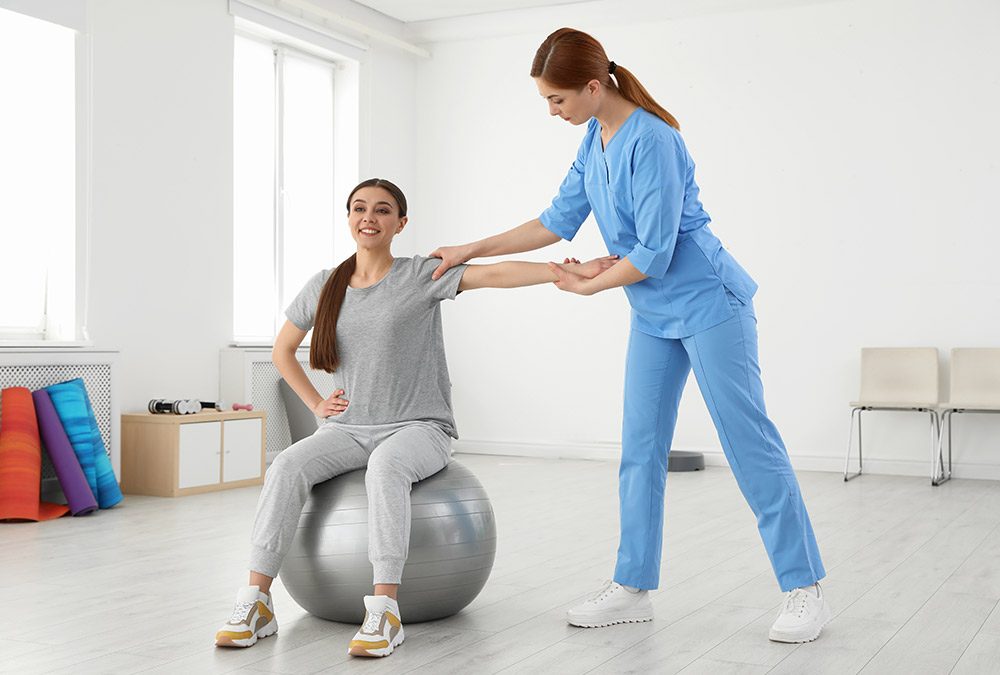Learning Frequent Athletic Injuries as well as Effective Recovery Strategies for Sports Players
Athletic injuries are common among sportspeople of all ages and skill levels. These injuries can happen in various forms, including ligament injuries, strains, fractures, and tendon inflammation. Comprehending the kinds of injuries that can occur during athletic events is essential for not only avoiding and care. Ligament injuries, for example, involve the overextending or tearing of connective tissues, which link skeletal structures at a articulation. Muscle injuries, on the contrary hand, affect muscle tissues or tendon structures, which connect muscle tissues to skeletal structures. Recognizing these traumas promptly can assist athletes seek suitable care and return to their activity more quickly.One of the most commonly observed injuries in athletics is the ankle sprain. This trauma often happens when an athlete lands awkwardly or rotates their foot during a match. Symptoms of an foot ligament injury include pain, swelling, and difficulty moving. Immediate care typically involves the R.I.C.E. approach, which stands for Recovery, Cooling, Wrapping, and Lifting. This approach aids reduce inflammation and pain. In severe severe cases, physical therapy may be necessary to regain strength and mobility to the ankle before going back to athletics.
Another frequent injury is a muscle strain, which can happen in any sport that demands sudden actions or heavy weight-bearing. Sportspeople may experience a muscular injury when they stretch a muscle too far or when they exert too great force. Signs include sharp pain, inflammation, and muscular spasms. Recovery for muscle strains often entails gentle stretching and conditioning exercises. Slowly raising exercise levels is crucial to avoid re-injury. Sportspeople should work closely with a rehabilitative specialist to create a safe and effective recovery plan.
Tendon inflammation is another injury that can affect athletes, particularly those who participate in frequent movements, such as runners or swimmers. This condition happens when a tendon, which connects muscle to skeletal structure, gets swollen. Common locations involved by tendon inflammation include the elbow, upper arm, and leg. Signs often include discomfort and rigidity, especially during movement. Care for tendon inflammation usually includes recovery, cooling, website here and pain-relief drugs. In some cases, physical treatment may be recommended to enhance mobility and power in the injured region.
Avoiding athletic injuries is just as important as treating them. Athletes can reduce their risk of trauma by heating up correctly before activities, using the right equipment, and maintaining good physical condition. Power conditioning and stretching exercises can help prepare the body for the demands of athletics. Additionally, sportspeople should pay attention to their bodies and take rest when needed. By understanding frequent athletic traumas and implementing effective recovery strategies, athletes can stay fit and participate in their favorite sports for a long time to follow.
